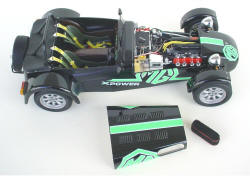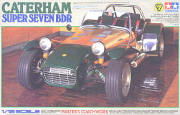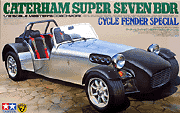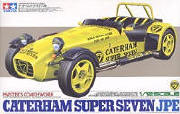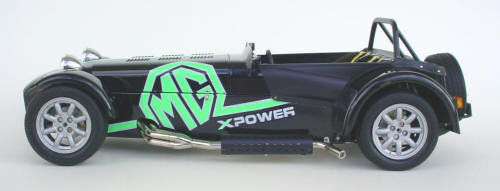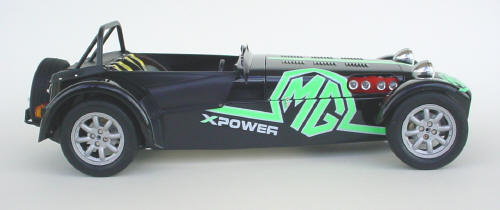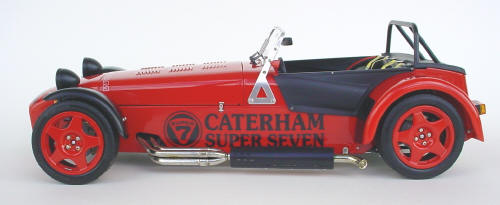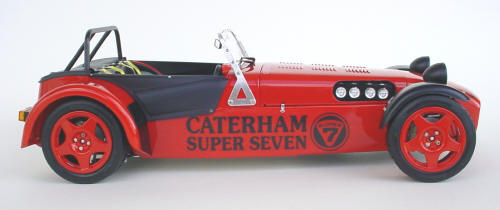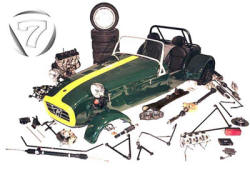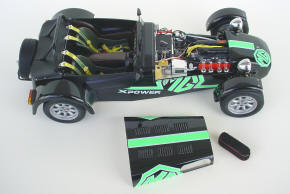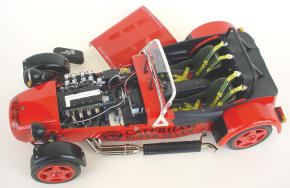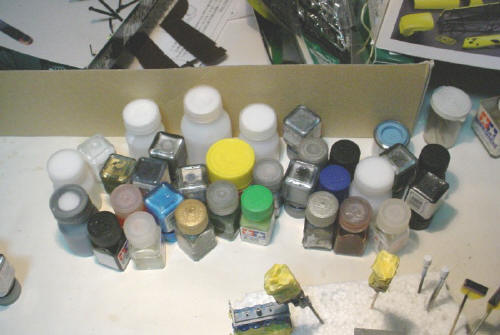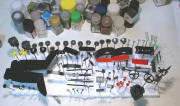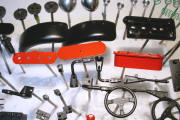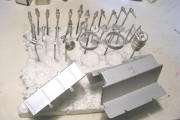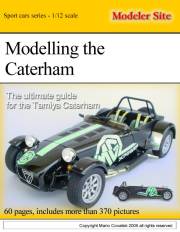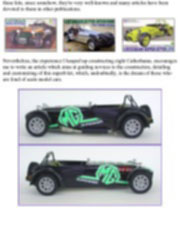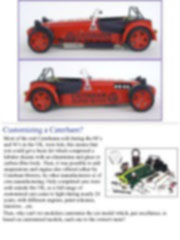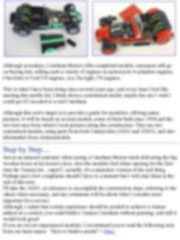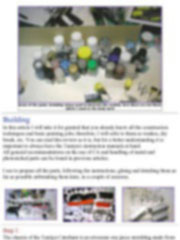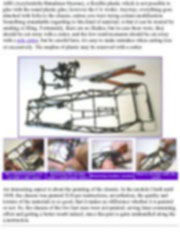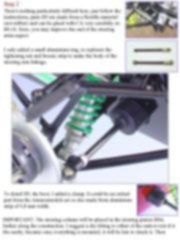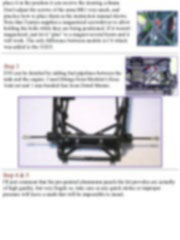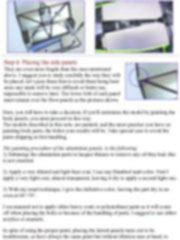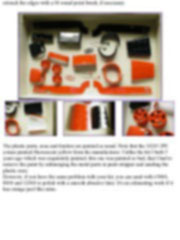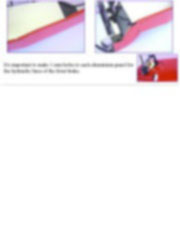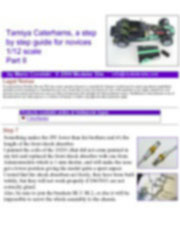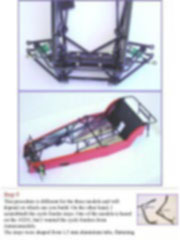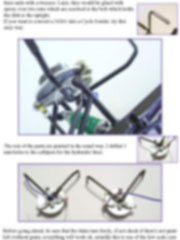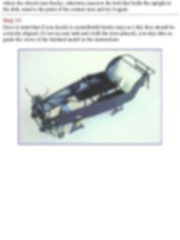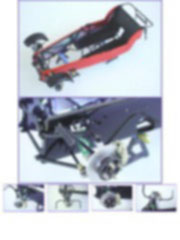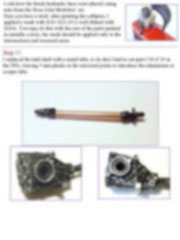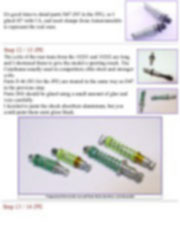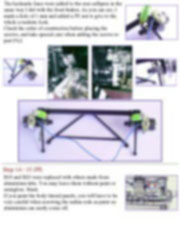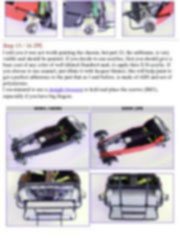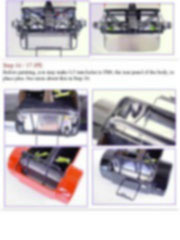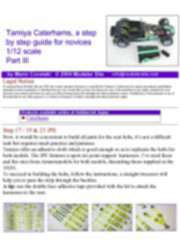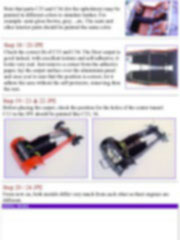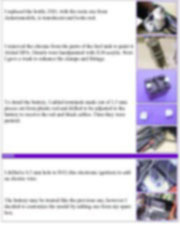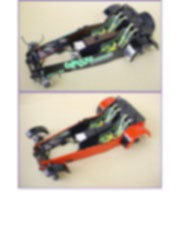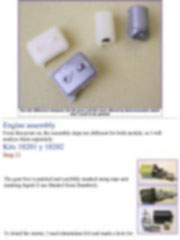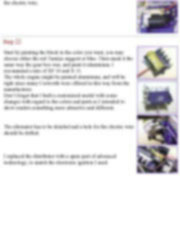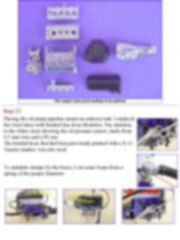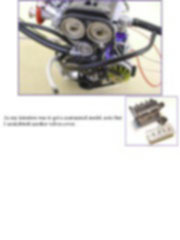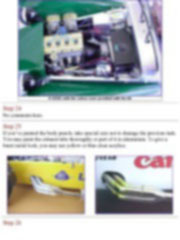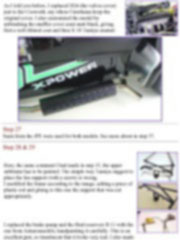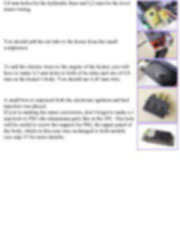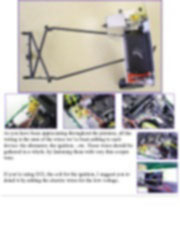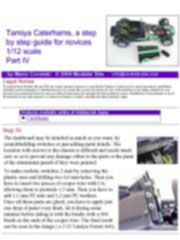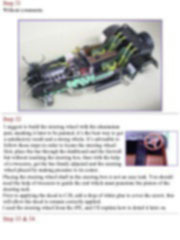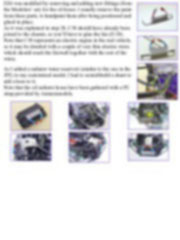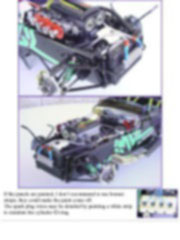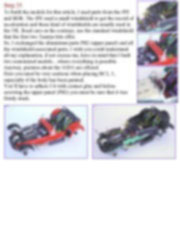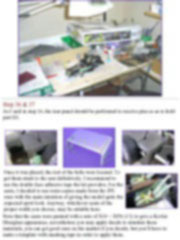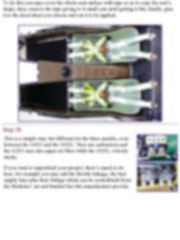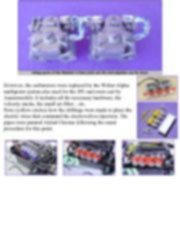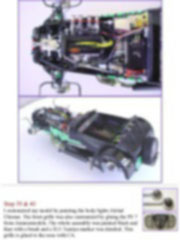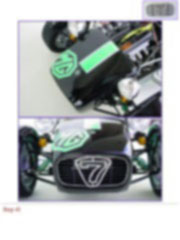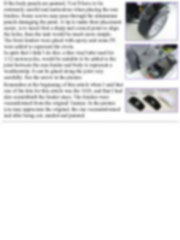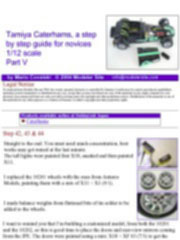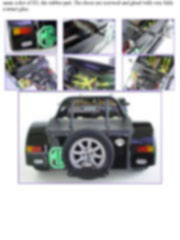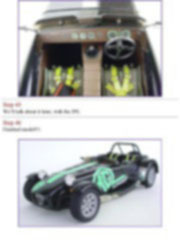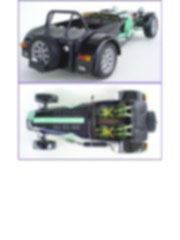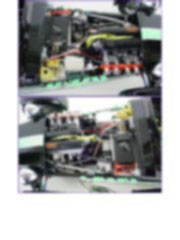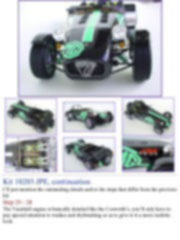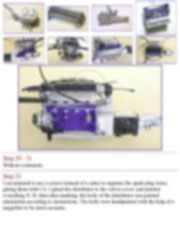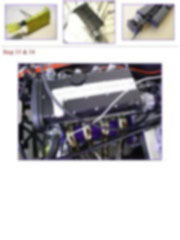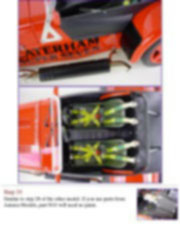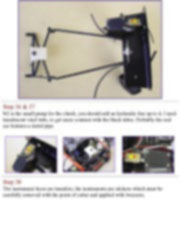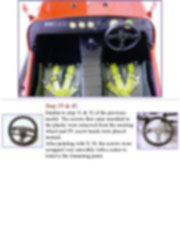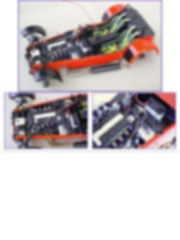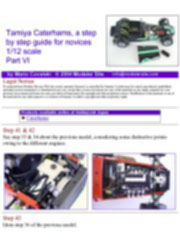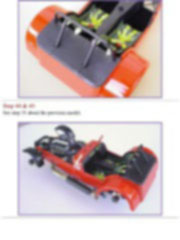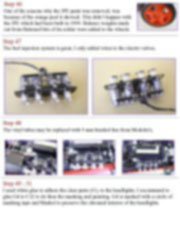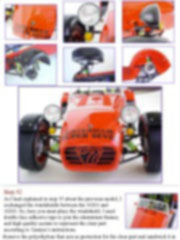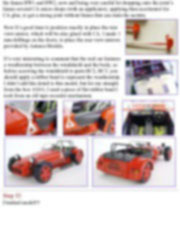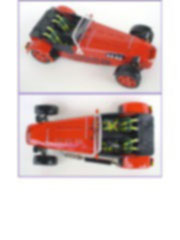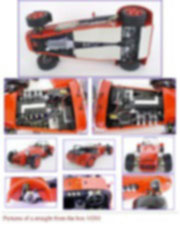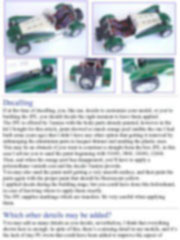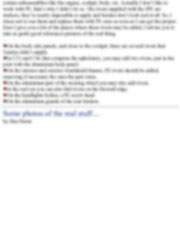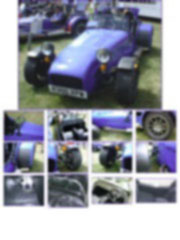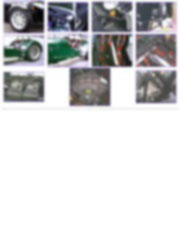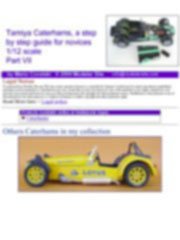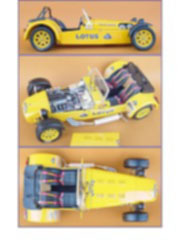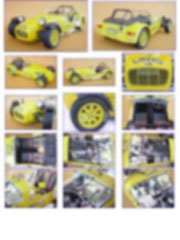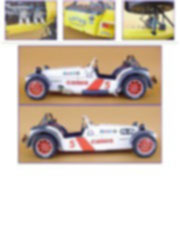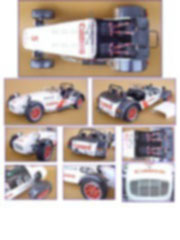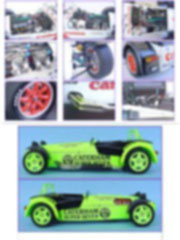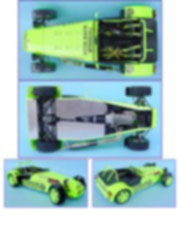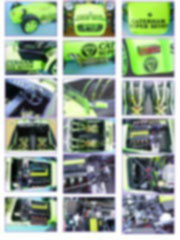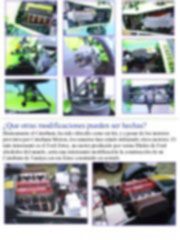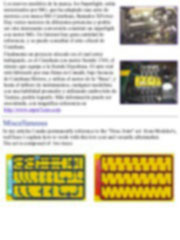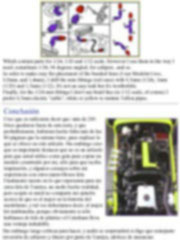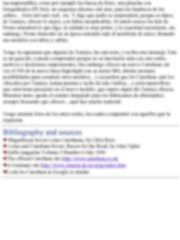 |
||||||||||||||||||||||||||||||||||||||||||||||||||||||||||||||||||||||||||||||||||||||||||||||||||
|
Cars |
|
|||||||||||||||||||||||||||||||||||||||||||||||||||||||||||||||||||||||||||||||||||||||||||||||||
|
Tamiya Caterhams, a step by step guide for novices 1/12 scale |
||||||||||||||||||||||||||||||||||||||||||||||||||||||||||||||||||||||||||||||||||||||||||||||||||
|
by Mario Covalski © Modeler Site |
||||||||||||||||||||||||||||||||||||||||||||||||||||||||||||||||||||||||||||||||||||||||||||||||||
|
Legal Notice No material from Modeler Site any Web site owned, operated, licensed, or controlled by Damian Covalski may be copied, reproduced, republished, uploaded, posted, transmitted, or distributed in any way, except that you may download one copy of the materials on any single computer for your personal, non-commercial home use only, provided you keep intact all copyright and other proprietary notices. Modification of the materials or use of the materials for any other purpose is a violation of Damian Covalski's copyright and other proprietary rights. Read More here > Legal notice The first Catherham from Tamiya coming to my hands at the end of 1994, was the “Cycle Fender Special” (10202), since the “Super Seven BDR was out of stock, and it was impossible for me to get it from the stores I used to buy kits. From that moment on, my affair with which, I think is the best scale car kit ever produced, began. And here my comment: probably, you have seen better detailed kits, or even superb models limited editions, but the Tamiya Caterham is relatively cheap, you do get what you pay for: complexity without nightmare fit problems, fantastic detail, near perfect instructions and a level of professional presentation unmatched by any other manufacturer. To date three versions have been released by Tamiya: the 10201 Super Seven BDR, the 10202, similar to the prior but comprising cycle fenders, and the 10203 JPE, a special edition from Catherham. I'm not going to weary readers with reviews of these kits, since somehow, they're very well-known and many articles have been devoted to them in other publications.
Nevertheless, the experience I heaped up constructing eight Catherhams, encourages me to write an article which aims at guiding novices to the construction, detailing and customizing of this superb kit, which, undoubtedly, is the dream of those who are fond of scale model cars.
Customizing a Caterham?
Then, why can't we modelers customize the car model which, par excellence, is based on customized models, each one to the owner's taste?
Although nowadays, Caterham Motors offer completed models, customers still go on buying kits, adding such a variety of engines as motorcycle 4 cylinders engines, Chevrolet or Ford V8 engines, yes, I'm right, V8 engines. This is what I have been doing since several years ago, and every time I feel like meeting this terrific kit, I think about a customized model, maybe the one I wish I could get if I acceded to a real Caterham. Although this note's target is to provide a guide for modelers, offering many pictures, It will be based on several models, some of them built since 1994 and the two last ones from which I took pictures along the construction. They are two customized models, using parts from both Tamiya kits (10201 and 10203), and also aftermarket from Antaresmodels. Step by Step.... Just as an amazed customer when seeing a Caterham Motors truck delivering the big wooden boxes at his house's door, does the modeler feel when opening for the first time the Tamiya kit…super!!, actually, it's a miniature version of the real thing. Perhaps just a few complaints should I have to comment but I will state them at the end of this note. I'll take the 10201, as reference to accomplish the construction steps, referring to the others when necessary, and my comments will be about what I consider most important for a novice. Although, I admit that certain experience should be needed to achieve a winner subject at a contest, you could build a Tamiya Caterham without painting, and still it would look great! If you are not an experienced modeler, I recommend you to read the following note from our back issues: "How to build a model" > http://www.modelersite.com/en/843/how-to-build-a-model http://www.modelersite.com/es/843/como-se-construye-un-modelo
Building In this article I will take it for granted that you already know all the construction techniques and basic painting jobs; therefore, I will refer to them as washes, dry brush, etc. You can read this review as it is, but for a better understanding it is important to always have the Tamiya's instruction manuals at hand. All general recommendations on the use of CA and handling of metal and photoetched parts can be found in previous articles.
I use to prepare all the parts, following the instructions, gluing and detailing them as far as possible airbrushing them later, in a couple of sessions.
This special issue is only available in pdf format. This is a technical article of 79 pages. Includes more than 370 high res pictures. > Here
|
||||||||||||||||||||||||||||||||||||||||||||||||||||||||||||||||||||||||||||||||||||||||||||||||||
